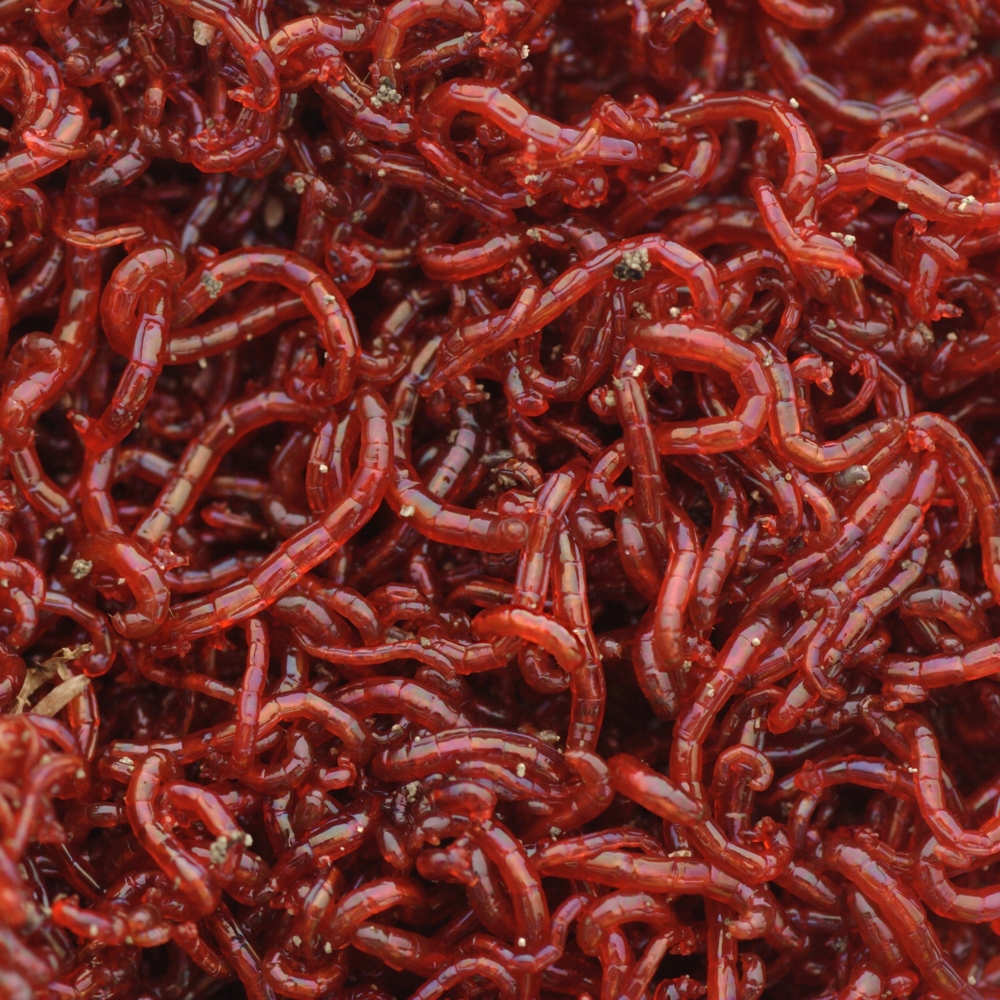Red worms: Improve your garden naturally
Red worms: Improve your garden naturally
Blog Article
Everything You Need to Learn About Red Wigglers for Composting
Red wigglers, or Eisenia fetida, play a critical role in the world of composting, changing organic waste right into useful soil amendments. The procedure of establishing up a worm bin and keeping it can posture difficulties.
What Are Red Wigglers?

(red wiggler worms for sale)
Indigenous to The United States and copyright, red wigglers are surface-dwelling microorganisms that like damp, warm habitats rich in disintegrating natural matter. Their diet plan consists primarily of decomposing plant product, food scraps, and various other organic debris, which they eat and damage down effectively. As they digest this material, they generate nutrient-rich spreadings that improve soil fertility.
Red wigglers are hermaphroditic, possessing both male and women reproductive organs, and can duplicate rapidly under optimum conditions. This ability makes them a perfect option for composting systems, as their populace can increase swiftly. Their resilience and adaptability to various settings additionally solidify their value in lasting waste monitoring methods. In general, red wigglers are important factors to the procedure of recycling natural waste into useful compost.
Benefits of Using Red Wigglers
Making use of red wigglers in composting systems uses countless advantages that improve both the performance of waste administration and the top quality of the resulting garden compost. These worms, medically referred to as Eisenia fetida, are particularly efficient at damaging down organic matter, transforming kitchen scraps and lawn waste into nutrient-rich garden compost at an accelerated rate.
One of the main advantages of making use of red wigglers is their ability to consume large quantities of organic material, often processing their weight in food waste daily. This high consumption rate causes much faster disintegration and lowers the quantity of waste sent out to land fills. The castings generated by red wigglers are abundant in essential nutrients, advantageous microorganisms, and enzymes, making them an outstanding fertilizer for gardens and plants.
In addition, red wigglers thrive in a selection of settings, making them adaptable for both indoor and outside composting systems - red wigglers. Their existence in a garden compost bin helps to aerate the product, protecting against smells and promoting a healthy and balanced composting procedure. In general, employing red wigglers not only adds to reliable waste administration yet likewise sustains lasting horticulture techniques via the manufacturing of top notch compost
(Western North Carolina Bait)
Establishing Your Worm Bin
To effectively establish up a worm bin, it is necessary to pick an ideal container that meets the needs of red wigglers while offering a favorable setting for composting. An ideal container can be made from plastic, wood, or metal, with a capacity of at least 1 square foot for each pound of worms.
Guarantee the container has appropriate water drainage openings to protect against excess dampness, as red wigglers grow in a damp, but not waterlogged, environment. red wigglers. The bin should also be ventilated to provide sufficient airflow, protecting against anaerobic conditions that could harm the worms
An ideal location for the worm container is a cool, dark area, without direct sunshine and severe temperature levels, as red wigglers like a temperature variety of 55 to 77 degrees Fahrenheit.
Prior to presenting the worms, prepare bed linen materials such as shredded newspaper, cardboard, or coconut coir, which will certainly give both environment and food. Moisten the bedding gently to produce a welcoming environment for the worms. Think about placing a cover on the bin to maintain moisture and decrease pests, while guaranteeing it can be quickly removed for upkeep.
Feeding and Care Standards
Feeding red wigglers is a vital element of keeping a healthy and balanced composting system. These worms thrive on a varied diet plan, primarily made up of organic products such as vegetables and fruit scraps, coffee premises, and crushed eggshells. It is necessary to prevent feeding them meat, dairy, and oily about his foods, as these can produce unpleasant smells and attract parasites.
When introducing food to your worm container, chop or shred products into smaller pieces to assist in quicker decomposition. Beginning with percentages to evaluate the worms' intake rate, progressively enhancing the amount as they adjust. It is advisable to alternative feeding locations within the container to encourage detailed mixing and oygenation of the garden compost.

Troubleshooting Common Issues
Maintaining a growing worm composting system can sometimes present obstacles that require attention and troubleshooting. Typical problems include an unpleasant smell, which often suggests overfeeding or the presence of anaerobic problems. To treat this, minimize the quantity of food added and ensure correct oygenation by mixing the bedding product.
One more frequent trouble is the getaway of worms from the bin. This can occur as a result of extreme moisture or improper environmental conditions. Regularly examine the wetness degrees, going for a damp yet not soggy uniformity, and preserve optimal temperature levels between 60-80 ° F(15-27 ° C )to develop a comfortable environment for your red wigglers.
Insects, such as fruit flies, can also get into worm bins. red wigglers. To battle this, cover food scraps with a layer of bedding or shredded paper to deter flies from laying eggs. Furthermore, guarantee that any kind of food added is fresh and devoid of mold, which can attract undesirable pests
Lastly, if your worms appear non-active, look for stress aspects such as temperature changes or inadequate wetness. Addressing these typical concerns will assist maintain a healthy and effective worm composting system.
Conclusion
In summary, red wigglers, or Eisenia fetida, play an important function in sustainable waste administration with vermicomposting. Appropriate configuration and upkeep of a worm container, along with adherence to feeding standards, make sure a growing ecological community that minimizes land fill contributions.
Report this page